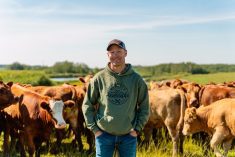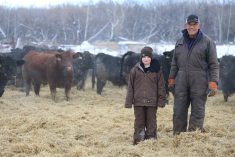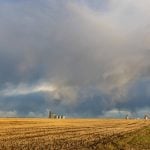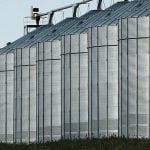This is the second instalment of a two-part series highlighting take-aways from the 2018 Beef Summit held this summer in Calgary. This year’s conference combined the International Symposium on Beef Cattle Welfare and the UCVM Beef Cattle Conference. Topics included applied research findings and emerging animal welfare issues facing the beef cattle industry.
Dr. Dan Thompson, Kansas State University
Thompson talked about mismanaged cattle in the food chain and management of high-risk calves. The true value of managing a calf properly has not been fully realized. In his view, the industry knows what the five freedoms are, but they are poorly understood. He stressed the importance of differentiating between increased morbidity (rate of disease in a population) and case fatality rate (the proportion of deaths within a designated population of cases over the course of the disease, or sometimes measured as the total number of treated animals that die divided by total deaths). Differentiation of these terms is needed to properly assess the impact of disease, and answer questions such as: is the incidence of disease worse this year or did our antibiotics stop working? Three main factors govern morbidity: weather, cattle and people. Working cattle through the chute should be a quality event, not a timed event.
Read Also
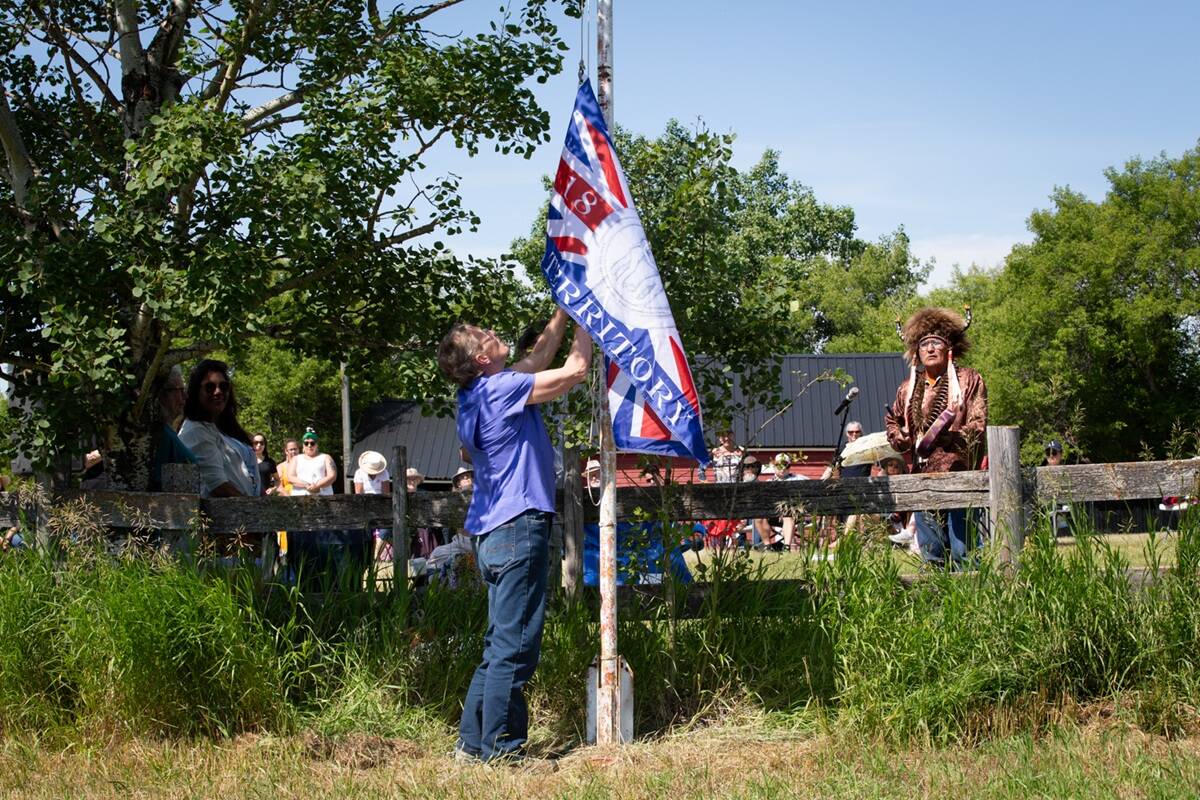
Treaty Land Sharing Network expands reach in Saskatchewan and Alberta
The Treaty Land Sharing Network, which connects land holders with First Nations and Metis people, has expanded since it began in 2018
In a feedlot setting, taking longer than five days to fill a pen often signifies that a wreck may be on the doorstep. Commingling, the flood of different pathogens and differences in individual immune responses play a role. Pen riders need time to spot sick animals. Too many high-risk calves at a time increases the risk level for low-risk cattle because sick calves sway the time dedicated for care. The first key to lowering health risk comes with use of low-stress handling techniques.
Dr. Temple Grandin, Colorado State University
Temple Grandin, for many years a recognized leader and educator in animal husbandry and animal handling practices, reiterated a number of important points that help move the scale of good stockmanship from “out of tune” to the appropriate and expected. Grandin emphasized that common-sense stockmanship is a critical component of handling and moving animals. Understanding the following principles needs to be in every employee’s back pocket:
- Calm animals are easier to handle.
- Learn to recognize fearful cattle.
- Animals are often unwilling to move into sun or when unfamiliar objects are viewed outside a chute (a case for solid sides).
- Loose chain ends scare animals.
- Cattle are often reluctant to enter dark buildings — a case for windows.
- Allow leading cattle time to look at the “puddle.”
- Load crowd pens in small groups.
- Good handling requires more walking.
- Learn to recognize and respect flight zones.
- Solid outer fence; open inner fence.
- Cardboard on back half of chute blocks vision of attendants.
- Curved chute systems take advantage of an animal’s urge to turn back in the same direction they came from.
- Electric prod is NEVER a primary driving aid; use flags and paddles.
- Non-slip flooring is critically important.
- Acclimating animals to handling reduces stress.
- Man on horse and man on foot are perceived totally differently.
- Dogs around chute stress cattle — may teach them to kick.
- You manage what you measure.
- Audits prevent bad from becoming normal.
What Do Bruises Tell Us?
Lily Edwards-Callaway
Colorado State University
Bruises are a $35 million problem affecting 12 per cent of the industry’s beef supply. Bruises devalue two per cent of strip loins representing five to six pounds of trim and a $75 packer loss.
Bruises tell a story. They signify animal welfare issues. Age of a bruise is a testament to when and where it occurred. Prevalence estimates are based on quality audits and often related to transport times, handling at auction markets, rough handling overall and facility deficiencies. Fifty-three percent of bruising occurs along the dorsal midline.
Dr. Eway Abel
CFIA
The five most common causes of carcass condemnations in Western Canada are:
- Pneumonia.
- Peritonitis (inflammation/infection involving the lining of the abdomen).
- Edema.
- Serous atrophy (watery degeneration) of fat.
- Liver damage — mostly abscesses.
Kevin Boon
B.C. Cattlemen’s Association
Boon presented a touching review of the 2018 wildfire situation in B.C. Up to 170 new fires every hour consumed 1.2 million acres, ravaging the largest chunk of forest and rangeland in B.C.’s history. Fire destroyed feed for over 30,000 cattle. Animal welfare concerns quickly became a problem. Centres were established for evacuated livestock, which included mostly horses and small animals from ranch sites. Volunteers cared for animals. Ranchers donated feed. Most grazing livestock could not be evacuated. About 500 animals perished.
Dr. Nathan Ericsson, WCVM, University of Saskatchewan and,
Dr. Sylvia Checkley, University of Calgary and Alberta Provincial Laboratory
Ericsson and Checkley talked about water quality.
Over 400,000 people in Alberta depend on private well or stored water facilities for their water supply. Twenty-five percent of wells and stored water facilities fail to meet water quality standards.
Alberta has one of the highest Shigatoxin (STEC) E. coli infection rates in Canada (5.6 – 10.9 per 100,000 vs. 4.1 – 7.1 per 100,000 for Canada).
Total dissolved solids (TDS) in water under 3,000 mg/litre is generally suitable for livestock with some diarrhea; between 5,000 and 7,000 mg/litre is not suitable for pregnant and lactating animals; water with over 7,000 TDS not suitable for young stock and over 10,000 not suitable for any livestock
Sulphate concentrations greater than 800 mg/litre interfere with absorption of copper, zinc, iron, and manganese resulting in decreased growth rates, infertility and immune responses.
Movement of total dissolved solids into and out of water bodies is a dynamic process. TDS and sulphates can peak after wet years followed by hot weather and extreme evaporation.
Water quality on range needs to be monitored.








